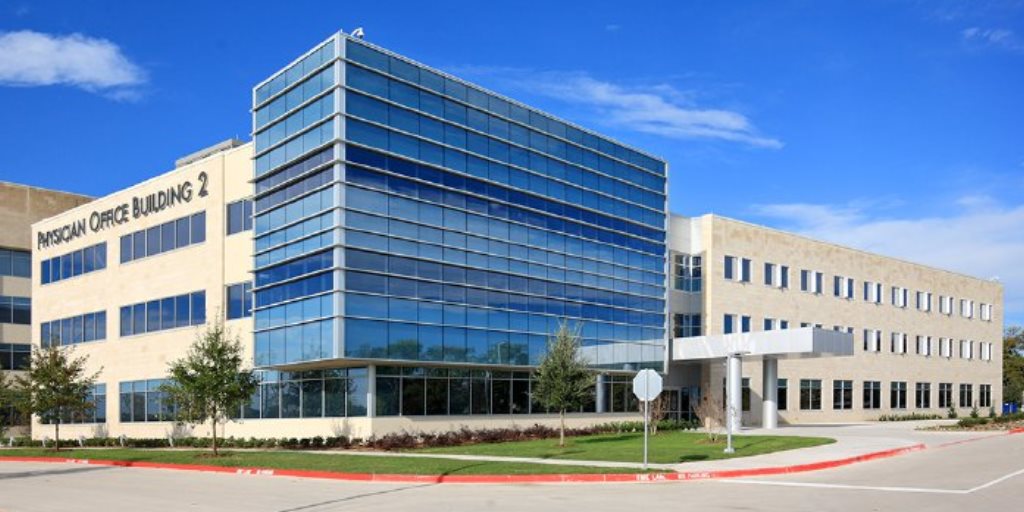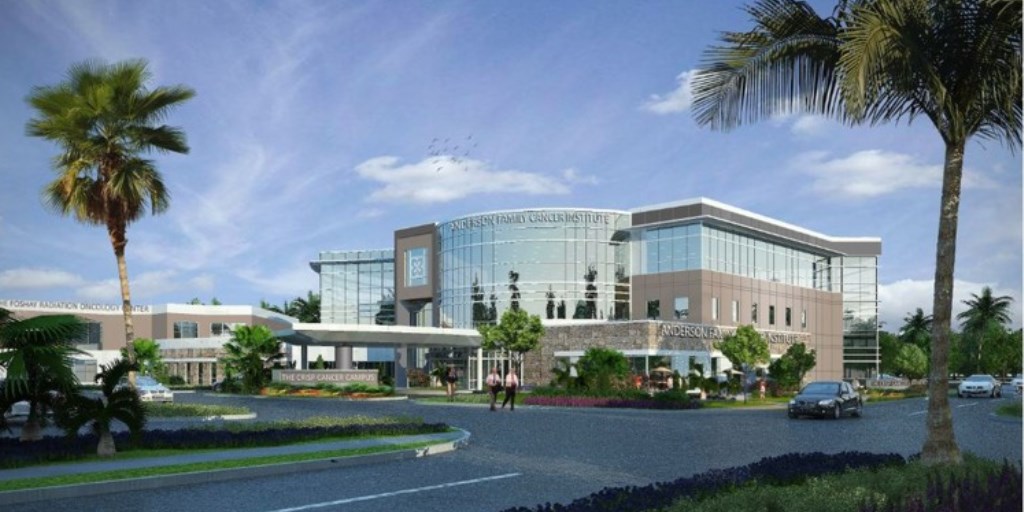Lakeland has been experiencing considerable population growth and development throughout the past decade. This signifies an excellent opportunity for healthcare providers of all specialties to seek new patients bases or expand their current practice. However, understanding the healthcare real estate market, crucial trends in the industry, and the optimal practices in office site selection is crucial in finding Lakeland medical office space that will best position a doctor for success. Whether a client is looking for Lakeland medical office space for lease or for sale, or looking for seller/landlord representation services, Florida Medical space’s professionals are talented and experienced in getting the job done well.
Healthcare Industry Trends
Development and commercial real estate opportunities in Lakeland have presented many avenues for healthcare professionals to benefit from the area’s growth. FMS leverages our experience and expertise to make sure doctors are well-positioned to realize the benefits of practicing in Lakeland.
Shared Medical Office Space
The healthcare industry has seen a sharp rise in shared medical office space for lease. This is because investors recognize the capacity for these buildings to offer prime real estate to doctors and medical groups. We have worked with countless doctors for whom shared medical office space for lease was the correct path to success, but have also seen where a retail or other location was a better choice. We work to take into account all factors that influence this decision for a doctor and play a consultative role throughout the entire process.
Convenience
Another new trend in healthcare is the budding popularity of convenient, consumer-facing practice locations. Each year, an increasing amount healthcare practices are adapting to the evolving demand of patients, seeking prime visibility, accessibility, and state-of-the-art facilities. If this is a priority for a client we do not stop until we find medical office space in Lakeland that fulfills their vision.
A Dynamic Real Estate Market
Each city and county in Florida has unique real estate markets; it is crucial for healthcare professionals to have an agent on their side to negotiate advantageous tenant improvement packages, rental agreements, and lease terms. We know the market in Florida, and specifically the market in Lakeland, and take advantage of that knowledge to protect the best interests of our client.
How we can Help
Florida Medical Space can assist with any real estate need for medical office space in Lakeland. Whether a client is looking to lease, purchase, sell, or develop property in the area, we can leverage our expertise to allow doctors to focus on what matters most. Please learn more about each of our services href=”https://floridamedspace.com/services/”>here.



